Kathmandu – A new wave of “chipfake” videos is spreading across social media in Nepal, raising serious concerns about misinformation, character assassination, and digital abuse. Unlike complex deepfake videos that use artificial intelligence, chipfakes are created using simple mobile apps and editing tools, yet they can still cause major damage.
What is a Chipfake?
Chipfake refers to fake or misleading content made using basic editing tools like CapCut, Kinemaster, or InShot. These videos may include photo merging, audio overlays, face swaps, or speed changes to alter reality and create confusion or mockery.
Unlike deepfakes, which require advanced AI and deep learning techniques, chipfakes are easy to make, even for casual users or small content creators.
Why Are Chipfakes Created?
Chipfakes are made for different reasons:
-
Political motives: Some videos are designed to damage the image of political leaders and spread public distrust.
-
Entertainment and trolling: Others are made to create humor or satire but may still harm the dignity of public figures.
-
Spreading misinformation: Chipfakes can be used to promote false messages and trigger social anger, fear, or hatred.
-
Religious provocation: Some videos target religious sentiments, for example, showing temple deities walking or dancing.
Viral Example: PM Oli’s Chipfake Video
A recent example that went viral involved Prime Minister KP Sharma Oli. The video used a real photo from his Thailand visit, where he was waving his hand in a formal gesture. The clip was edited to show him riding a pig, adding vulgar text and offensive voiceovers. Though some called it satire, many criticized the video for undermining the dignity of a national leader and misrepresenting Nepal’s image.
Chipfake vs Deepfake: What’s the Difference?
| Feature | Chipfake | Deepfake |
|---|---|---|
| Technology Used | Basic editing apps | AI and deep learning |
| Difficulty | Easy and quick to create | Complex and time-consuming |
| Examples | Photo stitching, speed change, voice mix | Face swap, voice cloning, fully fake videos |
| Risk Level | Mild confusion or humor | Serious misinformation and identity harm |
Easy Access to Chipfake Tools
Many free or low-cost apps make chipfake creation possible for anyone.
Some popular tools include:
-
Face Swap Apps: Change one face with another on a video
-
CrazyTalk, Mug Life: Add motion to still images (blinking, talking, etc.)
-
Text-to-Speech Tools: Convert written text into human-like voiceovers
-
AI Motion Tools: Make static photos appear animated
These tools have become increasingly accessible, making it difficult to detect manipulated content and raising questions about digital ethics and regulation.

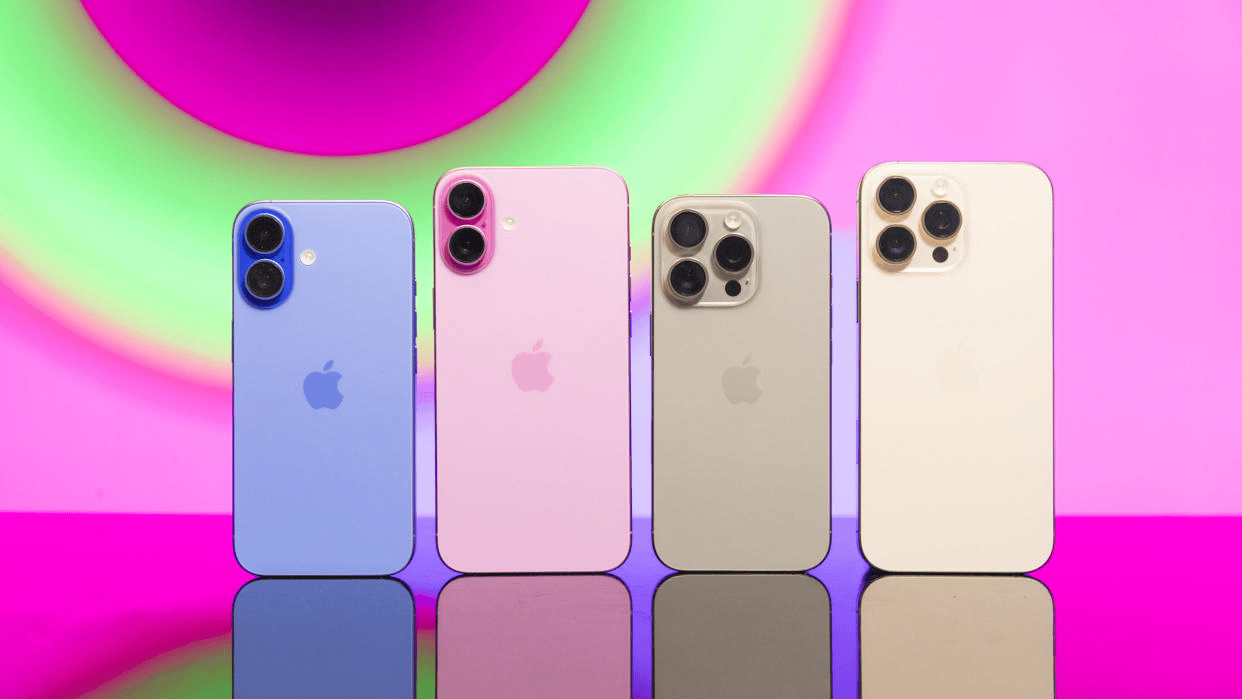
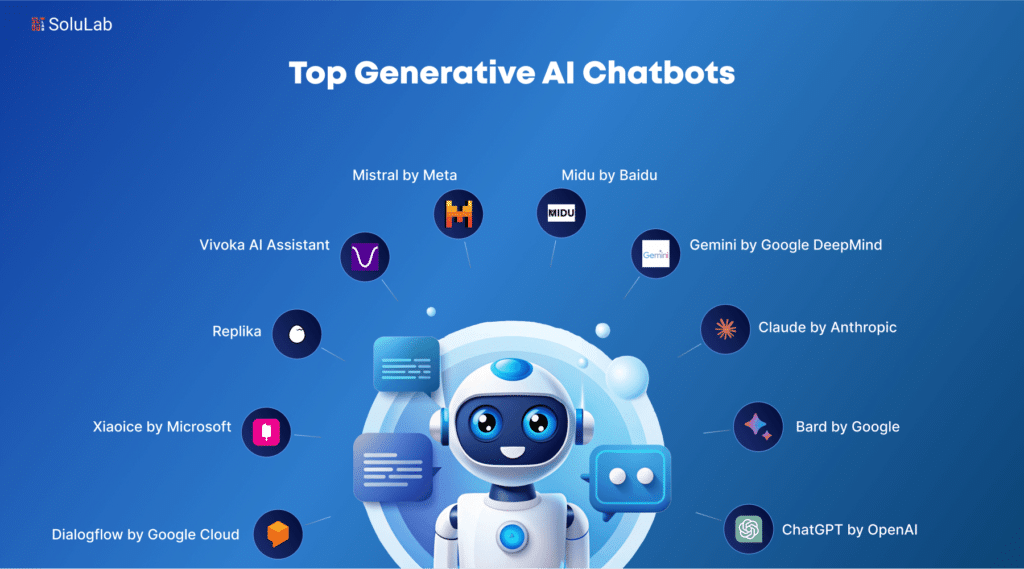

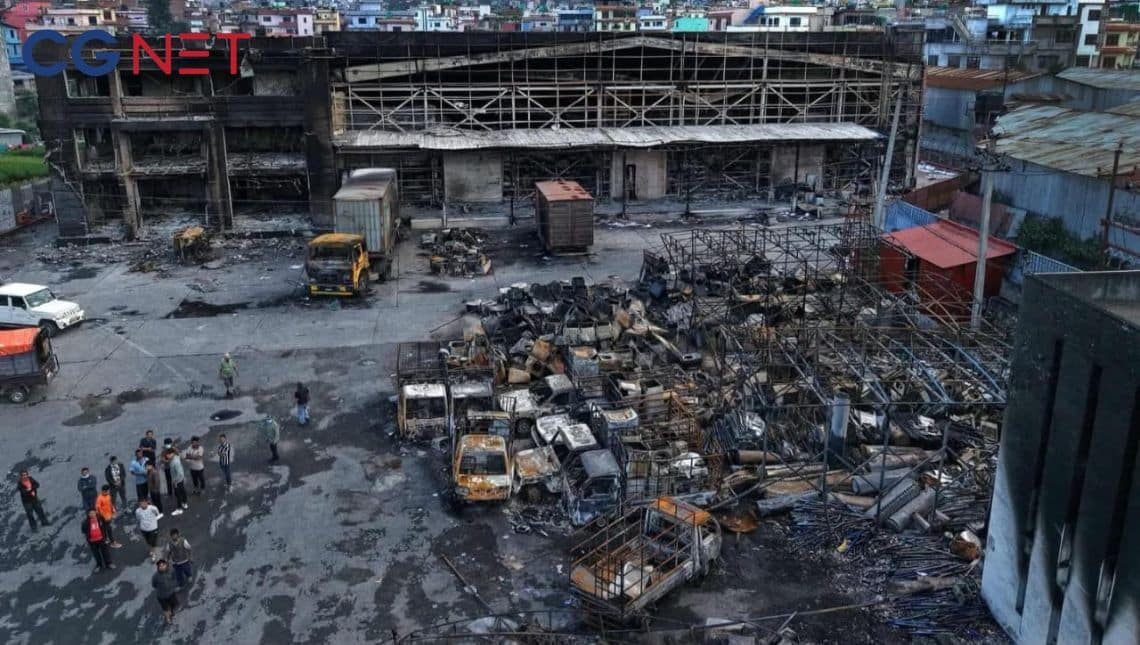


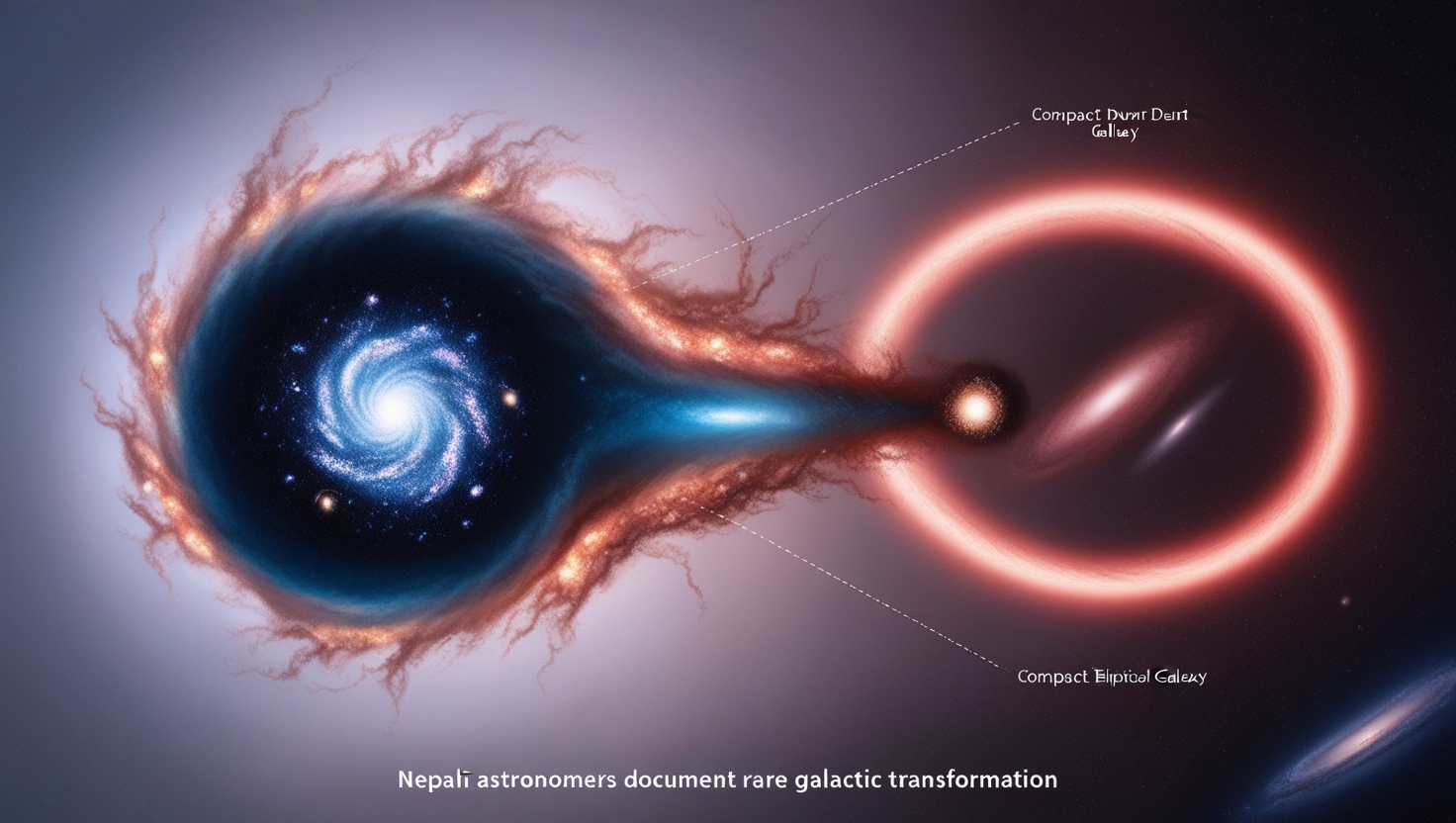
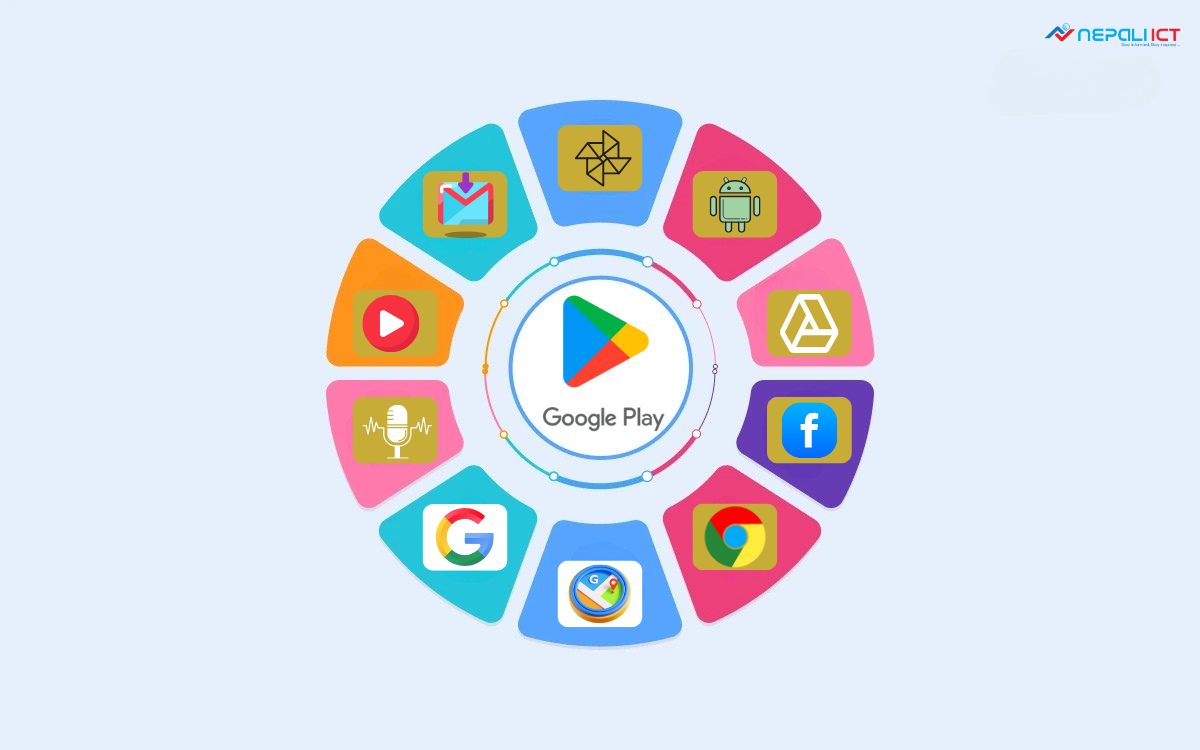
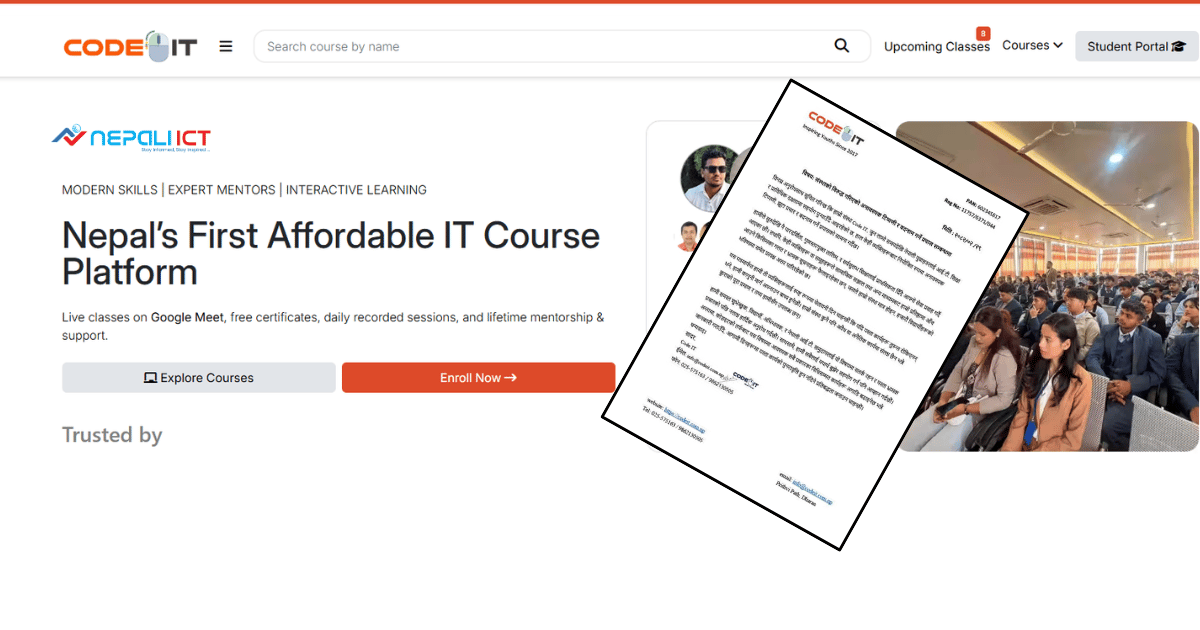
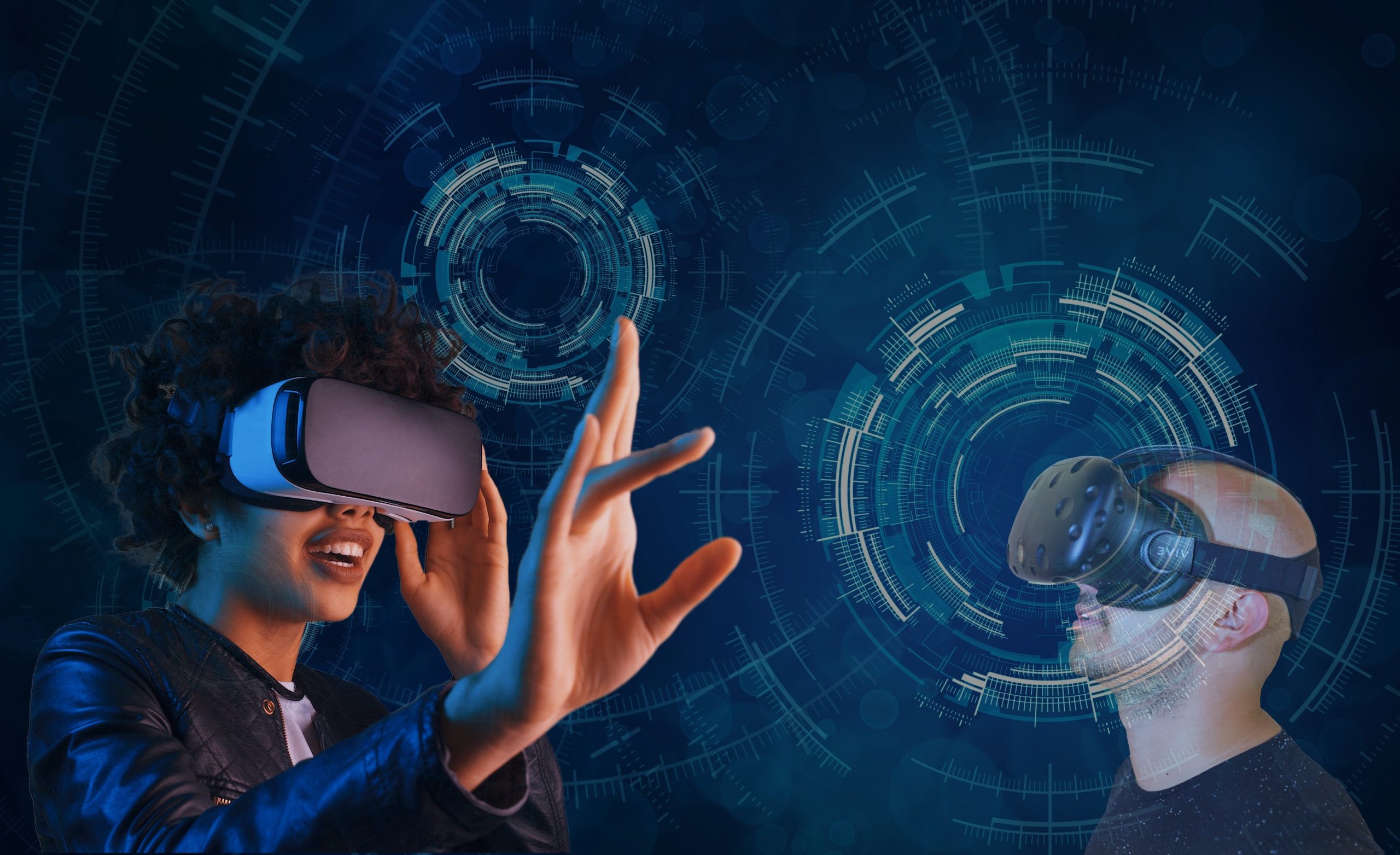
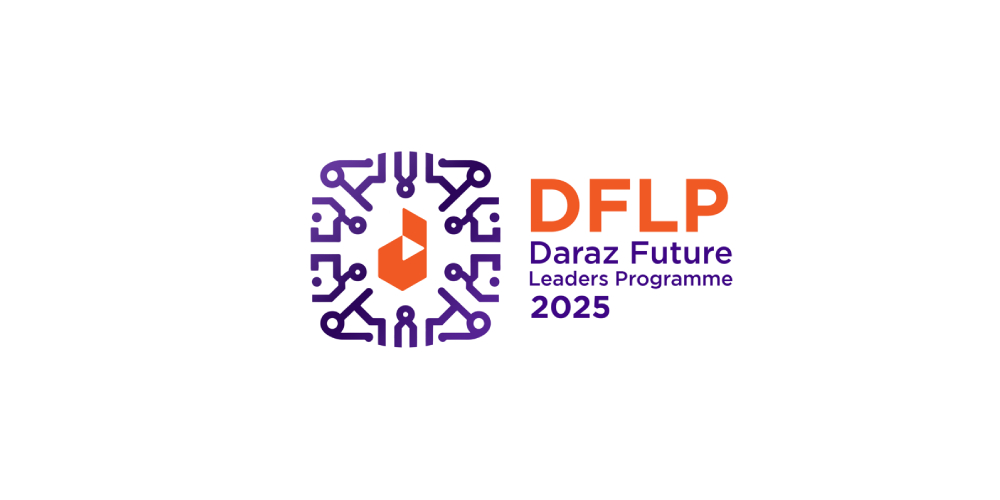


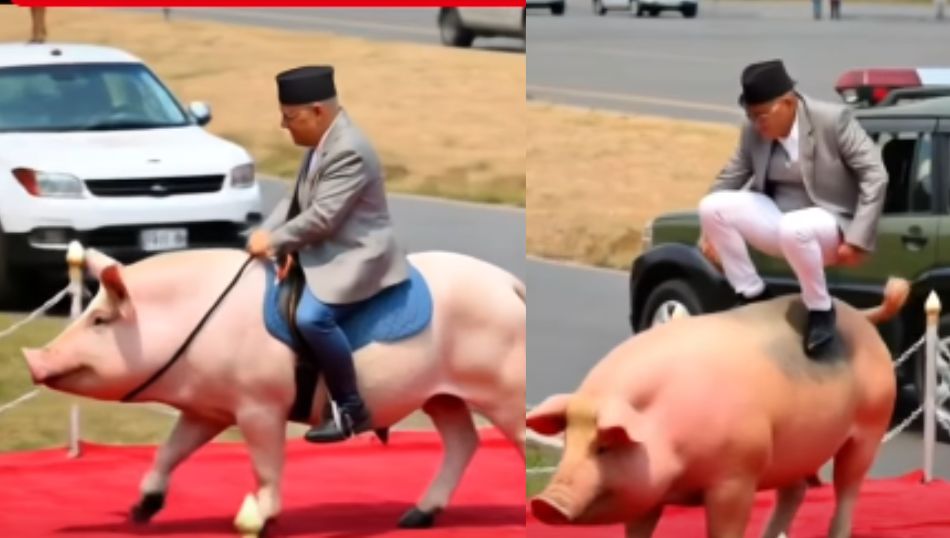

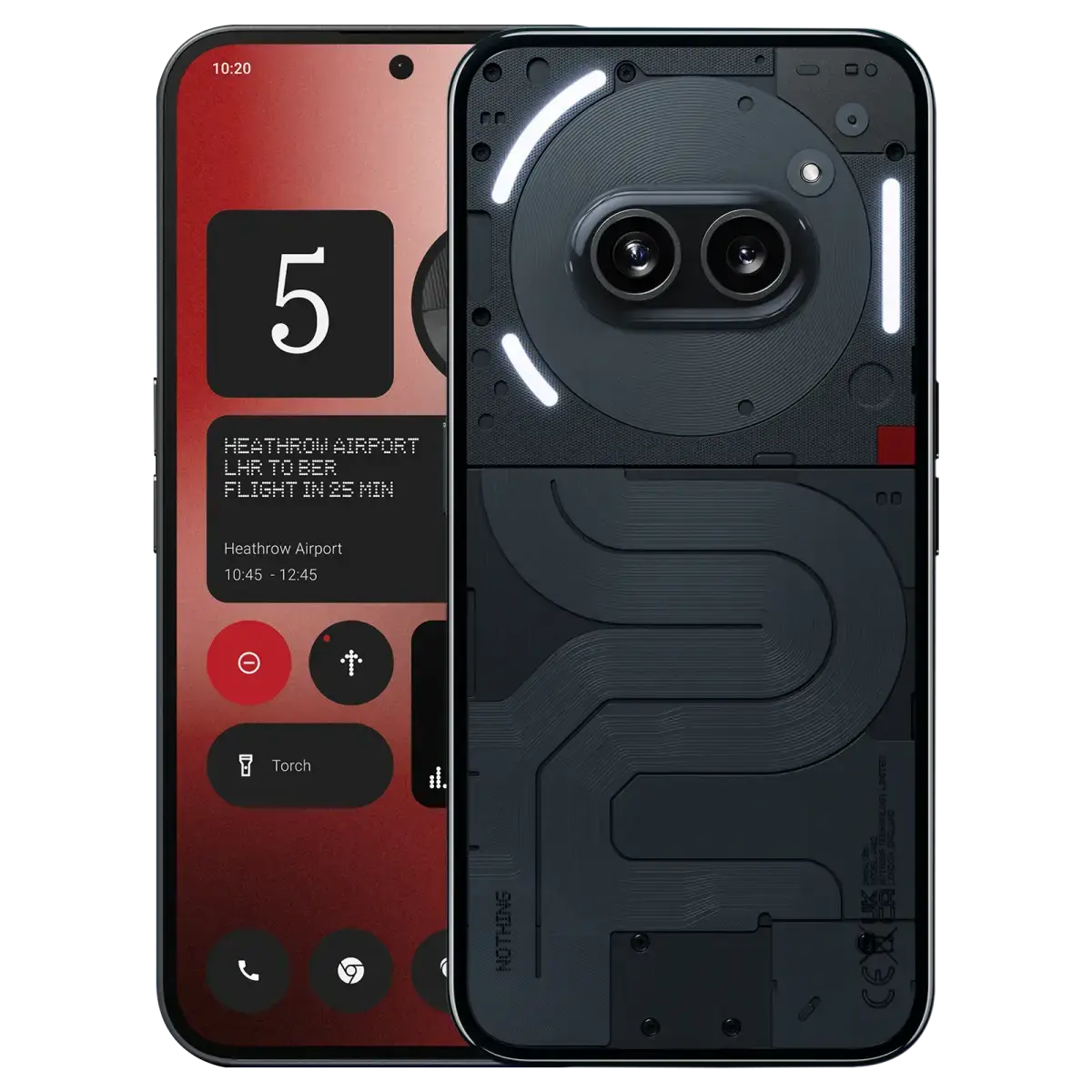
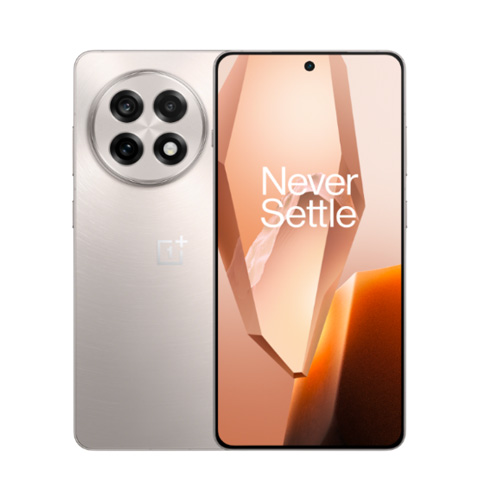

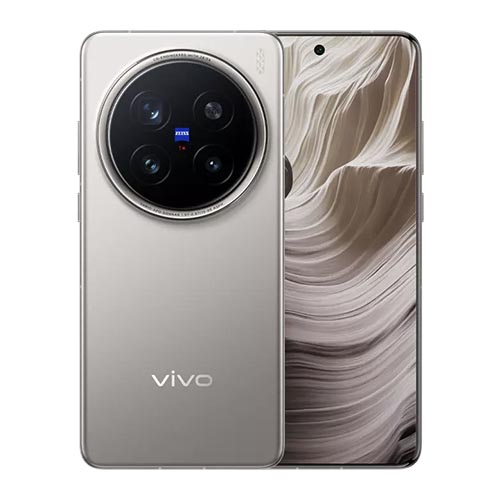

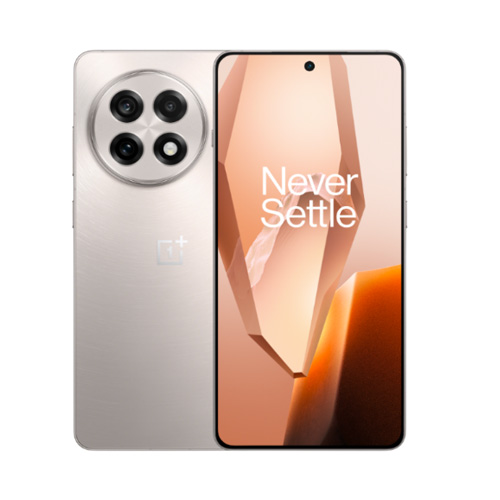
Comments